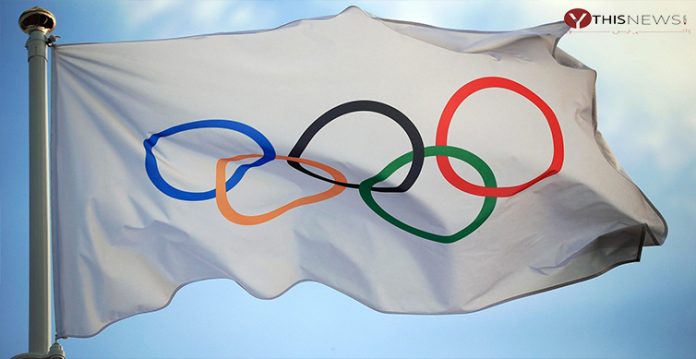The Beijing Olympic Games in February are set to be the first Winter Games on virtually 100 percent artificial snow.
Yes, you read it right. Over 100 snow generators and 300 snow-making guns are working flat out to cover the ski slopes of the 2022 Winter Olympics in artificial snow ahead of the Games opening on February 4.
Of the 21 venues used for the Winter Games since Chamonix 1924, scientists think that by 2050 only 10 will have the ‘climate suitability’ and natural snowfall levels to host an event.
Chamonix is now rated ‘high risk’ along with venues in Norway, France, and Austria, while Vancouver, Sochi, and Squaw Valley in the US are deemed ‘unreliable’.
The crisp slopes outside Beijing mask an unfortunate truth: they will be the result of an estimated 49 million gallons of chemically treated water, frozen through snow machines, an energy-intensive process that is costly and potentially damaging in winter stress areas.
ALSO READ: BCCI to discuss plans for IPL 2022 venues, auction with owners on Saturday
“This is not only energy and water-intensive, but frequently using chemicals to slow melt also delivers a surface that many competitors say is unpredictable and potentially dangerous,” said a report ‘Slippery Slopes: How Climate Change is threatening the 2022 Winter Olympics’ released on Wednesday.
Climate change is to be blamed for threatening the Winter Olympics and the future of snow sports by making conditions much more dangerous to athletes and participants. The report is based on inputs from leading skiers, snowboarders, and bobsledders on their fears for the future of snow sports as climate changes, a release said.
It is produced by the Sport Ecology Group at Loughborough University and ‘Protect Our Winters’.
Scottish freestyle skier, Laura Donaldson warned that if “freestyle super pipes are formed from snow-making machines in a poor (natural snow) season, the walls of the pipe are solid, vertical ice and the pipe floor is solid ice. This is dangerous for athletes, some have died.”
ALSO READ:Australian Open: Sania, Bopanna lose in women’s and men’s doubles opener
Two-time Canadian Olympian and leading freestyle skier, Philippe Marquis spoke of the “scary changes in the basic structure of ice formation and the landscape of glaciers” he had seen in recent years.
He detailed the increase in injuries “caused by the lack of practice on snow” and explained how the “conditions are definitely more dangerous than what we’ve seen before.”
Navigating erratic snow seasons and the rapid melt of low-level resorts are now the norm for many competitors. The risk is clear: man-made warming is threatening the long-term future of winter sports. It is also reducing the number of climatically suitable host venues for the Winter Olympiad, the report pointed out.
“I have seen huge changes in the snowpack in ski resorts over the winters and especially in glacier cover or condition in those 30 years and the changes are hugely concerning on many levels,” said Lesley McKenna, three-time GB Olympian in snowboard halfpipe (2002, 2006 and 2010 Winter Games) and ‘Protect Our Winters’ UK Ambassador.
“I have cherished the last three decades in snow sports. But I harbor mounting fears for where we could be in another 30 years’ time.”
(This story has been sourced from a third-party syndicated feed, agencies. Raavi Media accepts no responsibility or liability for the dependability, trustworthiness, reliability, and data of the text. Raavi Media management/ythisnews.com reserves the sole right to alter, delete or remove (without notice) the content at its absolute discretion for any reason whatsoever.)







